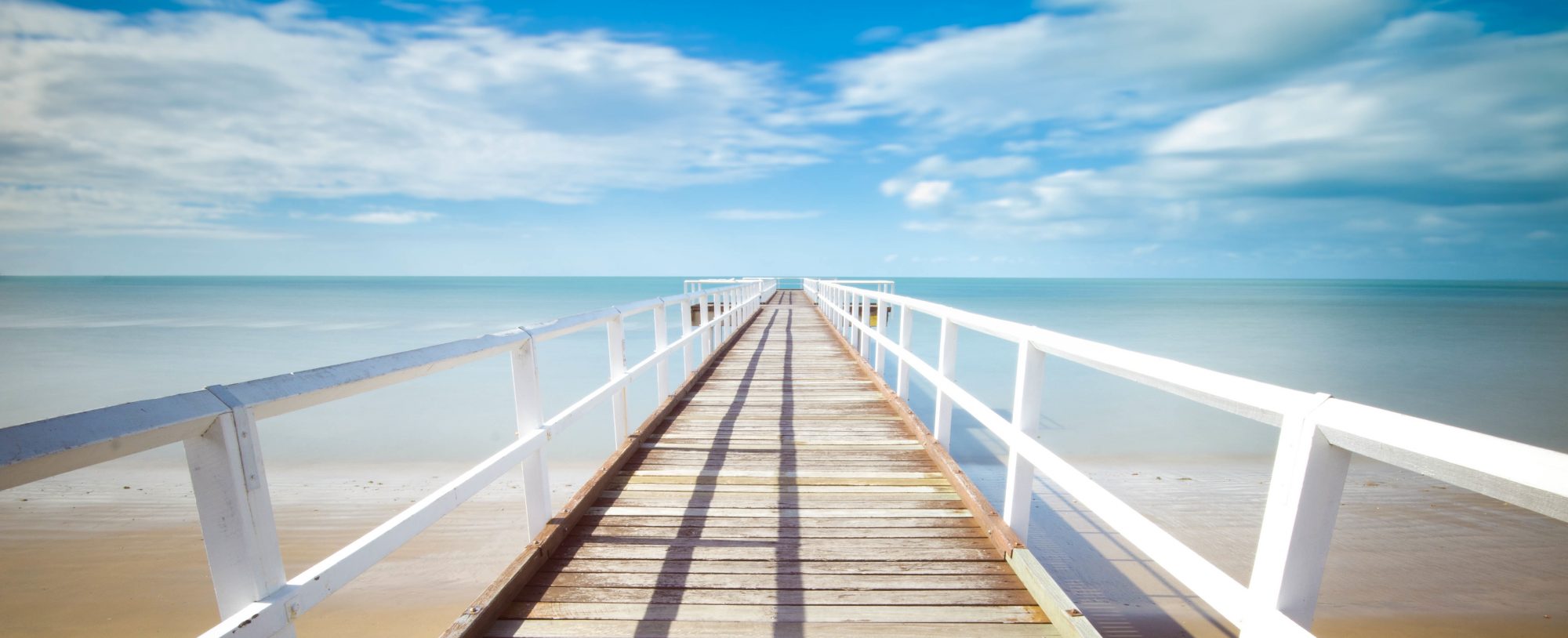HOW TO USE THE DARKEST SHADE IN A WAY THAT’S CHIC AND EYE-CATCHING
Appeared in RESIDE Magazine.
Shading your walls in black may not be the first thing that comes to mind when you’re considering paint colors. But black has a daring all its own that can bring character and chicness to your space.
“The result is both unexpected and incredibly sophisticated,” says Andrea Magno, a Benjamin Moore color and design expert.
“Black has an interesting effect on the walls of a room because the corners and shadows are obscured more than if a midtone or pastel color is used,” Magno says. “This can be used as a visual trick to give the space a less-defined appearance and can make a room feel a bit more expansive.”
Black walls can also bring coziness. “Dark walls coupled with dramatic lighting create an instant air of luxury and sumptuousness,” says Karen Howes, CEO and founder of London-based interior-design firm Taylor Howes.
Choosing the Right Room
It’s important to consider the function of the room and also the time of day that you spend the most time there, Howes says. Great candidates for black walls include rooms used primarily as evening spaces or those that aren’t reliant on task lighting, such as home cinemas and dining rooms, she says.
In a media room, black walls help absorb the light and won’t distract from the room’s main function, Howes says. “We also find using darker tones in dining rooms helps create a luxurious feel in the evening when our clients are entertaining,” she says.
“Often the rooms that are most successful have a balance between light and dark—where black walls are paired with a light floor color or furniture done in neutrals and whites,” Magno adds.
Accent Versus All Four Walls
“Black can be a superb choice, as it allows you to play with contrasts,” says Nicolas Adnet of Studio MHNA, an architecture and design firm in Paris. “For example, if the rest of the room is done in pale or pastel palettes, painting a wall black can add drama and create atmosphere.”
A single black wall can also give character and structure to a space and be used to highlight furniture or a collection of art, Adnet notes.
If used as an accent, Magno says, it’s important that it creates a focal point and architecturally makes sense in the room. For instance, accent walls work well when a room has a wall with a fireplace or millwork, or when there is an alcove or other feature worthy of attention, she says.
Adding Dimension
Black walls can handle patterned accessories or upholstery. “The black will tend to recede, causing the pattern to advance or be more eye-catching,” Magno says. Repeating black in patterns also helps tie the look of the room together.
“For instance, many materials used for countertops—whether marble, granite, or quartz—have black running through them and can instantly create a visual connection between the walls and other features in the room,” Magno says.
Perfect Finish
The finish you choose for the paint can have different effects on the space. A matte black has a soft quality, while a high gloss will add reflection and drama.
“Using a semigloss or high-gloss finish works well in dark spaces, as it helps to bounce the light around,” Howes says. “We tend to combine different finishes in one space to get a nice balance.”
Using Trims Well
Often rooms with walls painted black have white or off-white trim for a clean look, Magno notes. “Black looks great when used in a space with neutral or white wainscoting or cabinetry because the contrast is striking and chic,” she adds.
For a sophisticated look, she recommends painting walls and trim or millwork in one black hue, and either using the same finish on both surfaces or using a lower sheen on the walls, such as a matte finish and a semigloss or high gloss on the trim.




















